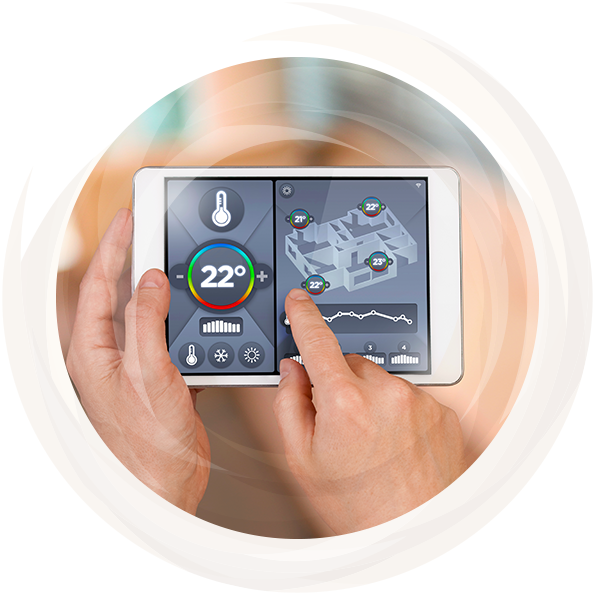2. Set goals and plan your show
Takes 5 minutes to readExhibitions are one of the most compelling forms of marketing because they have the power to engage all five senses. There’s no better way for your potential customers to experience your brand.
Exhibitions offer on-the-spot sales opportunities but more importantly, they deliver your entire product and company experience to a pre-qualified, captive audience.
Understand that while short-term sales are nice, your presence at the show is more about marketing and brand building, and by focusing on these objectives you’ll get a lot more out of the show in the long term.

What's involved?
1. Set your goals
You may already know exactly what you want to achieve at the show, but here are some common primary and secondary objectives if you're just getting started.
Marketing
- Introducing your brand/building product or brand awareness
- Educating the market
- Generating sales leads
- Enhancing customer relationships
- Meeting customers face-to-face
- Providing a sensory product experience (sound, taste, touch etc)
- Demonstrating a complex product
- Developing product awareness
- Getting feedback on your product
- Outshining the competition
- Performing market research
- Gathering market intelligence
- Gaining media exposure
- Developing a database
Sales
- Selling products and services
- Closing sales
- Finding new distribution channels
- Launching or testing a new product
- Letting people know where to buy your product
- Increasing market share

Just as important as setting your primary and secondary objectives, is determining how to measure them. After setting an objective, work out how you’ll measure your success in achieving it. This will help you improve your results each successive day at the show and at future shows.
2. Define your target audiences
It’s best to segment your audience into primary and secondary target audiences, rather than target everyone. Why? If, for example, you find that 60 per cent of your customers are aged 40–50, then for whatever reason this demographic is more likely to buy from you. They represent your ‘low-hanging fruit’ and it will cost you less time and effort to convert them into customers.
While there are a number of ways to segment an audience, two common methods are by demographic or psychographic. Demographic segmentation uses factual information such as age and gender, whereas psychographic segmentation uses psychological parameters such as attitudes or beliefs.
Once you’ve set your primary target, work out who is your next most important audience. They will become your secondary target. You don't need to ignore people outside your targets, but being clear on who is more likely to purchase from you will greatly focus your time and effort at the show.
Common ways to segment
an audience
- Age
- Gender
- Income
- Location
- Activity
- Interests
- Opinions
- Attitudes
- Behaviour
Show-specific segments
- Current customers or new prospects
- Media
- Suppliers
- VIPs

Understand who's coming to the show
By visiting our Reports section, you’ll be able to find key visitor information for each show. This may help you decide who you should be targeting.
3. Plan your stand
With clear objectives and target audiences in mind, you can now think about your stand and how it should be designed and created (on any budget) to achieve your goals.
- What is the overall message you want to communicate about your brand/company/product/service?
- What products/services will you feature?
- What features and benefits will you demonstrate?
- How will you measure success?
- What will you need to achieve your desired results (marketing collateral, EFTPOS, demonstration aids, etc)?
- Uniforms?

See our stand planning guide for more.
4. Budget your show
While every stand is different, there are a number of requirements you may like to consider. Download our Excel spreadsheet to get you started with budgeting for the show.
Budget spreadsheet
(CSV file, open in Excel – right click to download)
